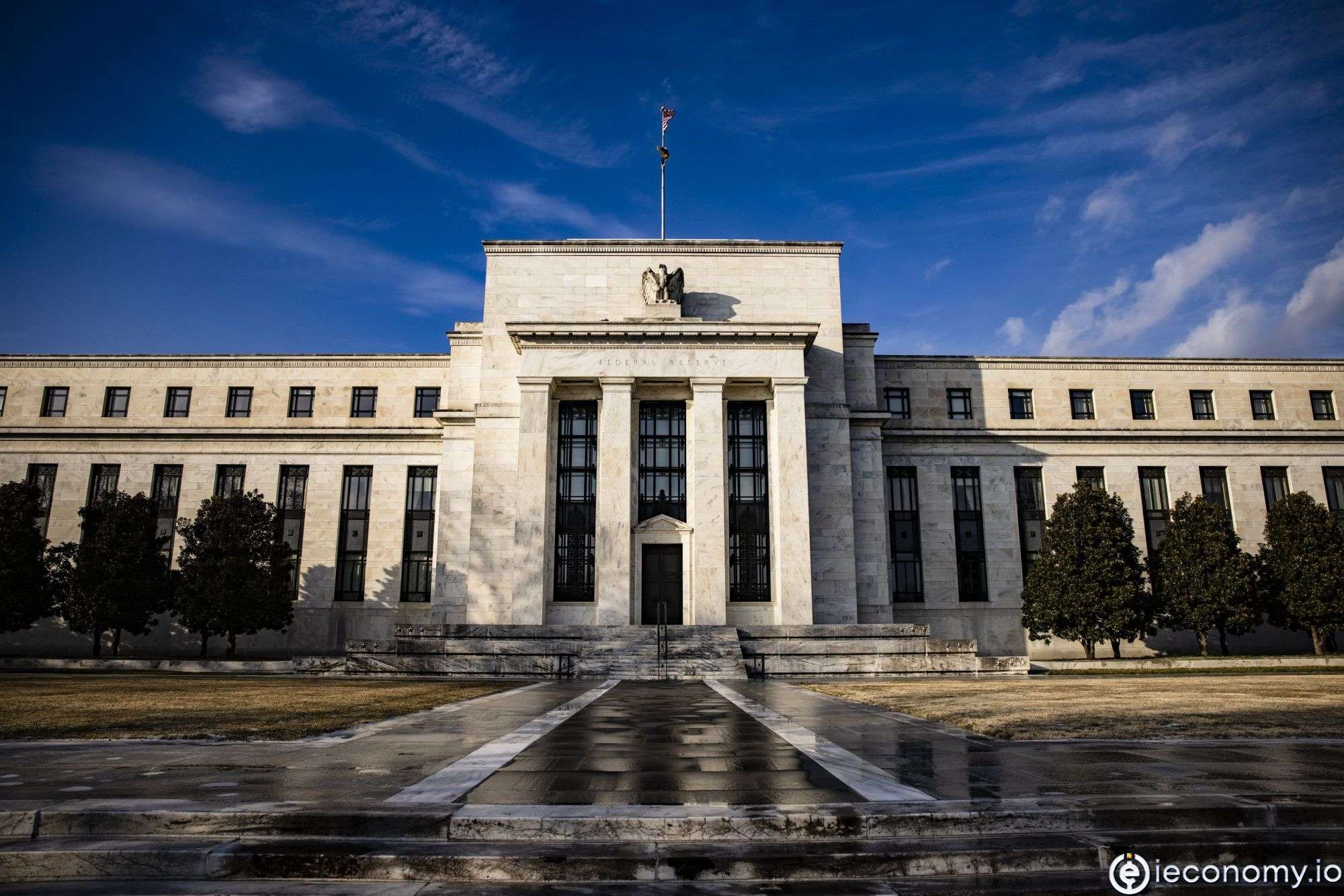5192
0
Fed is sticking to low interest rates despite the waning pandemic
The US Federal Reserve is sticking to low interest rates despite the waning corona pandemic and rapidly rising inflation.

Yazar: Tom Roberts
Yayınlanma: 17 Haziran 2021 14:05
Güncellenme: 27 Aralık 2025 13:38
Fed is sticking to low interest rates despite the waning pandemic
The US Federal Reserve is sticking to low interest rates despite the waning corona pandemic and rapidly rising inflation. Fed left it in the zero to 0.25 percent range at its session. However, for the first time since the beginning of the crisis, the monetary authorities signaled that there could be an increase in 2023. So far, on average, they had only targeted a turnaround in interest rates a year later. They intend to maintain their monthly injections of $ 120 billion until substantial progress is made in terms of price stability and employment. At the same time, the central bank raised its inflation forecast for the current year significantly to 3.4 percent. In March, the Fed had assumed 2.4 percent. However, the central bank tried to counter concerns about inflation that might be too high. Fed chief Jerome Powell said it was a temporary phenomenon. The increased inflation is the result of a "perfect storm of strong demand and limited supply" for goods such as used cars. This development is likely to end and even "reverse" over time. The central bank had lowered the key interest rate in March 2020 to the still valid level and is pumping 120 billion dollars a month into the markets through bond purchases. The effects of the devastating economic crisis as a result of the corona pandemic could thus be dampened. However, given the loose monetary policy, fears of high inflation are growing in the wake of the economic recovery. In May the price increase was five percent, the highest value in 13 years. However, in spring 2020 prices had plummeted in many sectors due to the pandemic, which partly explains the current high inflation figures. The US government speaks of a temporary phenomenon. Powell assured that the central bank was following the price trend and would intervene if inflation was permanently well above the target of around two percent. In the Fed's Open Market Committee, eleven of the 18 members assume that key interest rates are likely to be raised at least twice in 2023. Seven members expect an interest rate hike as early as next year. Powell made it clear that a move away from the extremely loose monetary policy would initially take place by restricting bond purchases, not through key interest rates. The Fed also does not want to give up its support for the economy too early - also because of the still high unemployment. The unemployment rate fell to 5.8 percent in May; But that is still well above the value of 3.5 percent before the pandemic. Compared to the pre-pandemic period, the US is still missing around 7.6 million jobs.İLGİLİ HABERLER





European stocks soared and focus shifted to German retail sales after Powell's speech!

Forex Signal For TRY/USD: Inflation Slowdown in November.

Forex Signal For GBP/USD: Bullish Trend Still Not Breaking While Recovery Continues.

Forex Signal For EUR/USD: Starry US Data Points to Higher Fed Increases.

Forex Signal For BTC/USD: Downside Continues as Bitcoin Recovery Moves Less.
En Popüler Haberler
Yorum Yap
Yorumlar
Henüz yorum yapan yok! İlk yorumu siz yapın...